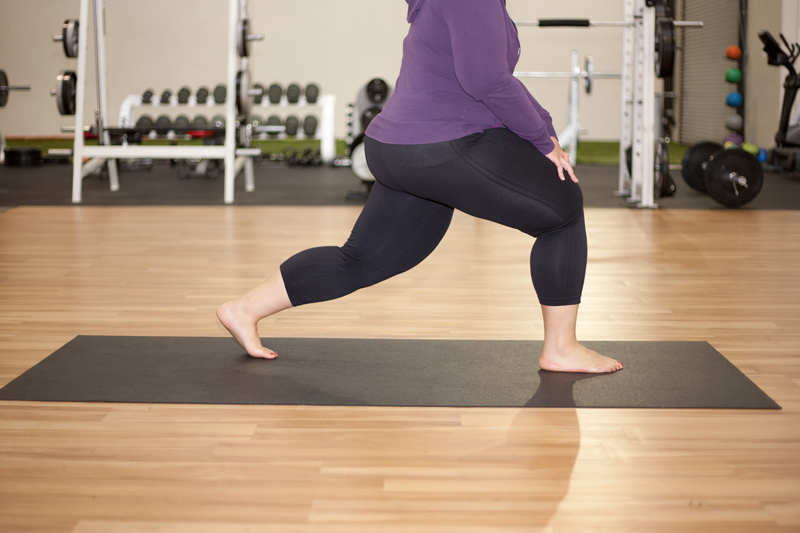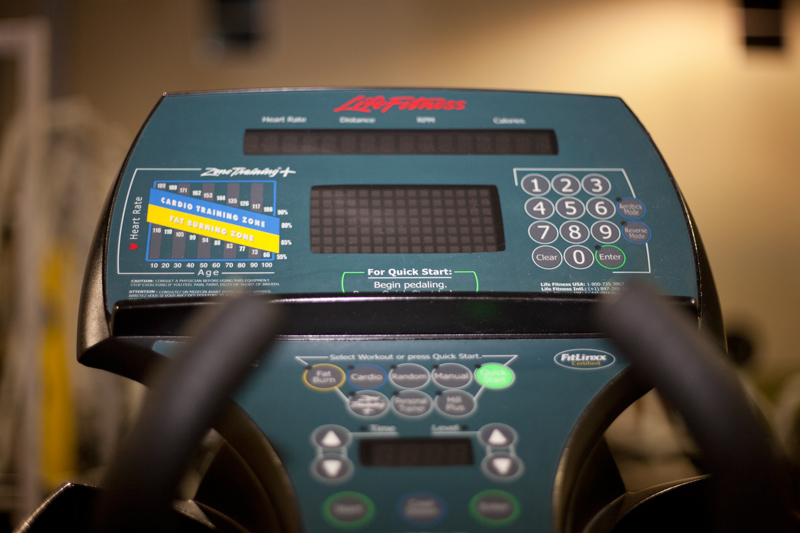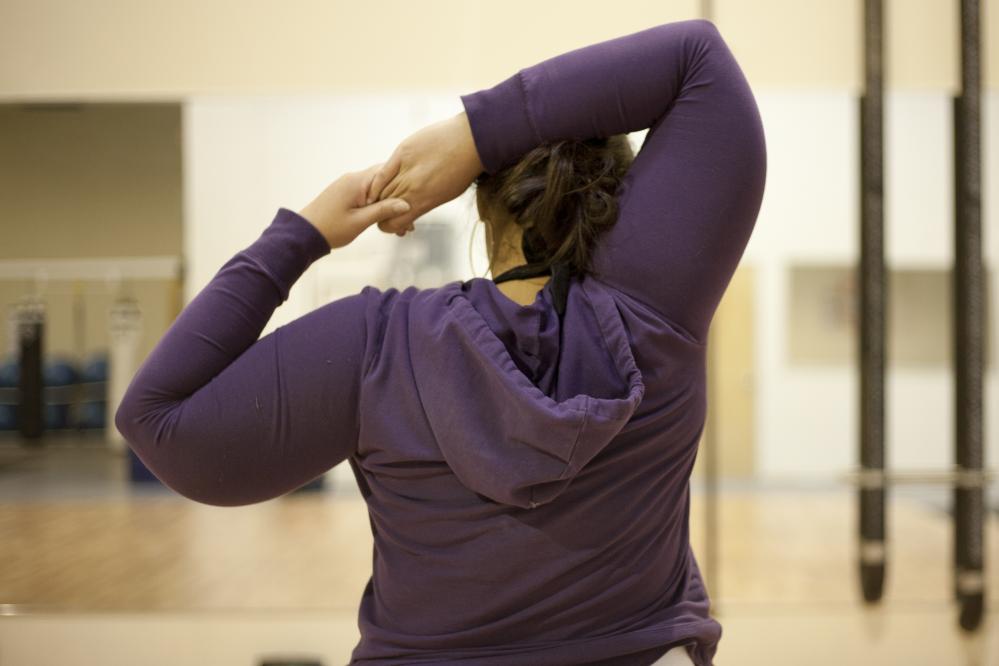An Exercise Plan for Bariatric Surgery Patients
For as long as you can remember, you’ve probably been told about the importance of living a healthy lifestyle. Generally speaking, a healthy lifestyle includes making healthy choices such as regular exercise, eating a healthy, well-balanced diet and avoiding unhealthy habits – such as tobacco use and heavy alcohol consumption.
Exercise means increased activity

While you might think obesity surgery is the time to turn your life around, you must realize that the operation should not be the only motivator. Obesity surgery is just one small part of the weight loss equation. Hard work, dedication and healthy habits are all very important to ensure that you achieve and maintain a healthy weight.
As you begin to exercise more and more, you will slowly begin to notice the benefits of exercising. Exercise has a wide-variety of benefits. Exercise can help you improve your mood, lose weight, increase endurance, improve your self-esteem, strengthen your muscles, allow you to socialize and you can even have a lot of fun in the process.
It is important to remember that going from morbidly obese to an average weight is not a process that occurs overnight. Safe and effective weight loss is a gradual process that takes time. You are not going to wake up tomorrow morning and be able to exercise for 30 minutes without becoming short-of-breath if you have not exercised in years. However, there are plenty of small steps you can take to get yourself from where you are today to where you want to be in the future. Today, start with the small things. Take the flight of stairs to your office instead of taking the elevator or walk to the mailbox to get your mail yourself instead of sending one of your children to the mailbox. With these small steps, you will slowly become more and more active. By starting slow, exercise will (over time) become more a healthy and enjoyable habit opposed to a chore.
What is Exercise?
Exercise can take on a variety of shapes and forms. Exercise does not always mean you have put on some sneakers and visit the gym or go for a run. Simply put, exercise is just another name for physical activity.
A successful exercise program will have the following components:
Aerobic/Cardiovascular Activity:
Aerobic or cardiovascular activity is an essential aspect of a fitness program. Aerobic exercises are exercises that are strenuous enough to temporarily speed up your heart rate as well as your breathing.
Maximum Heart Rate:
Your maximum heart rate is based on your age. It is estimated that your maximum heart rate can be obtained by subtracting your age from the number 220.
Flexibility Training or Stretching:
Flexibility training is a crucial component of any fitness program. This type of training helps to enhance the range of motion of joints. This is important because age and a sedentary lifestyle can cause muscles, tendons and ligaments to become shorter and more susceptible to injury over time.
Strength, Resistance or Weigh Training:
Females can lift weights. Strength, resistance and weight training are aimed at improving the strength and function of your muscles. Exercises can be completed to target each muscle group.
Sets:
Sets are a key component, especially when it comes to strength training. Sets refer to repeating the same exercise a particular number of times. For example, when completing push-ups, you may complete 25 push-ups at a time. As a result, you may perform one set of 25 push-ups.
Repetitions:
Repetitions are also referred to as reps. Reps refer to the number of times you complete a particular exercise during a set. For example, you may perform one set of 10 repetitions.
Learn to read the monitors on exercise machines






